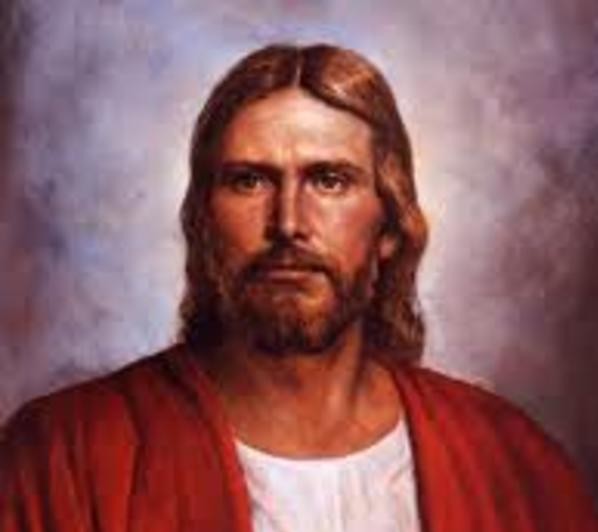Question
Gramps,
I have been studying the historical priesthood ban and curse of Cain. The idea to connect the curse of Cain to African blacks was a false idea made up by Southern Protestant Churches in the Southern American states to justify slavery. It was not an original idea of Brigham Young. My question is, the Church has completed disavowed this connection and the idea that blacks were less valiant in the spirit world. So if these concepts are not true today, were they were never true?
S
Answer
Dear S,
I suspect you are already familiar with a lot of the material I’m going to cite, but please bear with me as I give a little background for the benefit of our other readers:
Probably the best exposition that the Church has released on the subject of the priesthood ban, is the “Race and the Priesthood” essay released on the “Gospel Topics” portion of lds.org. In 2013, additional explanatory matter was also included in the introduction to Official Declaration 2. From these sources, we know the following:
- “Church leaders today unequivocally condemn all racism, past and present, in any form.”
- “Church records offer no clear insights into the origins of this practice [of declining to ordain black men to the priesthood]”.
- “Today, the Church disavows the theories advanced in the past that black skin is a sign of divine disfavor or curse, or that it reflects unrighteous actions in a premortal life; that mixed-race marriages are a sin; or that blacks or people of any other race or ethnicity are inferior in any way to anyone else.” [Note use of the present tense.]
As you’ve probably noted, that last quote is in the present tense. I have heard others wonder whether, since those theories don’t apply to blacks today, we can therefore safely assume that they have never applied to any blacks, ever; and I gather this is your question as well.
The short answer to this question, as near as I can tell, is that we just don’t know. The public explanations recently offered by the Church certainly representmore light and knowledge on the subject than we used to have and we can be rightly thankful for it. But we should not make the mistake of believing that we (yet) know everything there is to know about the topic. Moreover, we have been affirmatively warned about the dangers of speculating in this field. “Let’s not”, says Elder Oaks, “make the mistake that’s been made in the past, here and in other areas, trying to put reasons to revelation. The reasons turn out to be man-made to a great extent. The revelations are what we sustain as the will of the Lord and that’s where the safety lies.” Life’s Lessons Learned: Personal Reflections (Salt Lake City, Utah: Deseret Book Co., 2011), 68-69.
Elder Holland is even more forceful. Observing that “almost all” of the explanations for the ban that we have to date are “inadequate and/or wrong”, he states that “there should be no effort to perpetuate those efforts to explain why those doctrines . . . . we simply do not know why that practice, that policy, that doctrine was in place.” Interview in The Mormons, emphasis added.
In the absence of further light and knowledge or a divine mandate to take a particular stand, it is not our role to offer speculations which may cause offense and serve primarily to divide the body of believers in Christ. It is rather our role, as the Race and the Priesthood essay reminds us, to “proclaim that redemption through Jesus Christ is available to the entire human family on the conditions God has prescribed[, to] affirm that God is “no respecter of persons”, and [to] emphatically declare that anyone who is righteous—regardless of race—is favored of Him.”
Gramps







